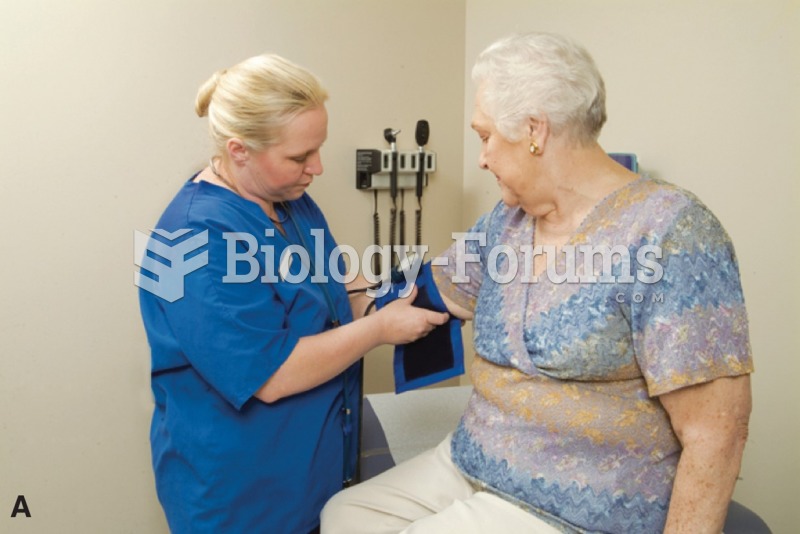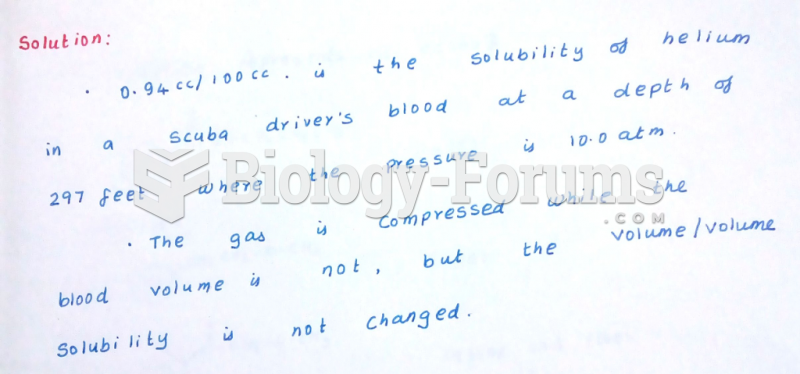Answer to Question 1
ANS: C
Roy's Adaptation Model is based on the human being as an adaptive open system. The person adapts by meeting physiologic-physical needs, developing a positive self-concept-group identity, performing social role functions, and balancing dependence and independence. Stressors result in illness by disrupting the equilibrium. Nursing care is directed at altering stimuli that are stressors to the patient. The nurse helps patients strengthen their abilities to adapt to their illnesses or helps them to develop adaptive behaviors. Watson's theory is based on caring, with nurses dedicated to health and healing. The nurse functions to preserve the dignity and wholeness of humans in health or while peacefully dying. Parse's theory is called the Human Becoming School of Thought. Parse formulated the Theory of Human Becoming by combining concepts from Martha Rogers' Science of Unitary Human Beings with existential-phenomenologic thought. This theory looks at the person as a constantly changing being, and at nursing as a human science. Martha Rogers (1970) developed the Science of Unitary Human Beings. She stated that human beings and their environments are interacting in continuous motion as infinite energy fields.
Answer to Question 2
ANS: A
Evidence-based practice (EBP) is an integration of the best-available research evidence with clinical judgment about a specific patient situation. The nurse assesses current and past research, clinical guidelines, and other resources to identify relevant literature. The application of EBP includes critically appraising the evidence to assess its validity, designing a change for practice, assessing the need for change and identifying a problem, and integrating and maintaining change while monitoring process and outcomes by reevaluating the application of evidence and assessing areas for improvement.







